AN IMMIGRANT’S LEDYARD INSPIRED JOURNEY by Dan Dimancescu / Class of ’64 50th Reunion Essay
|
AN IMMIGRANT’S LEDYARD INSPIRED JOURNEY
Below us were the dramatic defiles of the famed Iron Gates. Here the Danube River, several hundred feet deep, carves its way through the Carpathian Mountains between Romania and Serbia. With me in the helicopter on this day in May of 2013 was Ken Garrett, an accomplished photographer with more than seventy-five National Geographic Magazine stories to his name. We were on an assignment to document Emperor Trajan’s invasion of Dacia (present-day Romania) in 101-106 AD. If not for a cool fall day fifty years earlier, or for John Ledyard’s adventuresome feats almost two hundred years before, I would not have been in that helicopter. It had been a perfect Fall morning in 1963 to solo canoe the Connecticut River’s calm mist covered waters. During a quiet drifting moment, thoughts wandered to what might come after graduation, when a question suddenly popped into my mind: “Why not canoe the 1,700 mile length of Danube?” Though at that moment neither a ‘how’ nor a ‘why’ occurred to me, I did end up canoeing the Danube with unending and unimaginable outcomes over the decades to come.
We built a country home in the Carpathian Mountains and turned it into a traditionally-styled rural inn now coveted by many western visitors. And as a family we chose to sponsor individuals and projects that reflected our cultural interests. This included financial support of a monumental documentation in a 5-volume Atlas-format of the country’s folk traditions as well as a restoration project of a ‘Saxon’ village in Transylvania that is now home to HRH The Prince Wales’ multiple activities in Romania. During these years, I was invited to apply for Romanian citizenship and thus became a dual-citizen and soon after agreed to serve as Honorary Consul of Romania in New England.
Then films came back into focus when Nicholas and I decided to collaborate in the making of our first documentary – me as producer and he as director. Never mind that neither of us had ever created a feature documentary. The subject would be my father’s – his grandfather’s – WW-I experiences fighting the German army in 1916-17 during which he became a war-hero. To do this, Nicholas founded his own film company, Kogainon Films, with me on board as producer and as a third member, a design and computer savvy friend of Nicholas’. In 2008-2009 we created Hill 789: The Last Stronghold featured on national television in Romania. And in partnership with Cristian Lascu, Editor of the National Geographic Magazine’s (Romanian edition), I authored a companion magazine article. A year later, Nicholas and I teamed up to create Knights of the Sky: Air War Over Romania, a second documentary on WW-II bombing of Romania’s oil refineries along with a companion article in Lascu’s NG Magazine.
|
HOME | ||||||||||
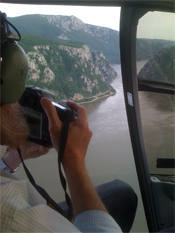 |
|||||||||||
| With Ken Garrett over the Iron Gates (Danube River) | |||||||||||
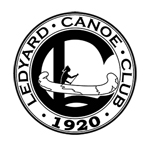 |
|||||||||||
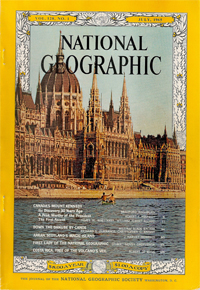 |
|||||||||||
 |
|||||||||||
| Senator Robert Kennedy in his Wash. office | |||||||||||
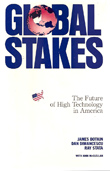 |
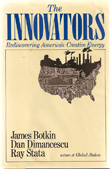 |
||||||||||
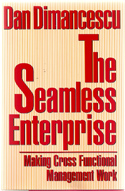 |
|||||||||||
| TOP: Books co-authored with Ray Stata, Founder of Analog Devices & Pr. of MIT’s Board of Trustees
|
|||||||||||
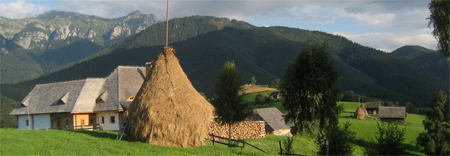 |
|||||||||||
| Inn on Balaban, Bran, Romania | |||||||||||
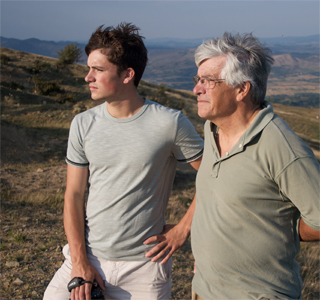 |
|||||||||||
| Nick & me on Mt. Cosna (“Hill 789”) where his grandfather fought in WW-I | |||||||||||
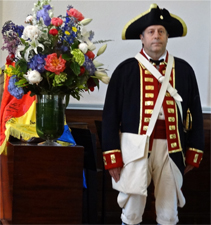 |
|||||||||||
| Funeral service in Concord, MA / June 2011 | |||||||||||
